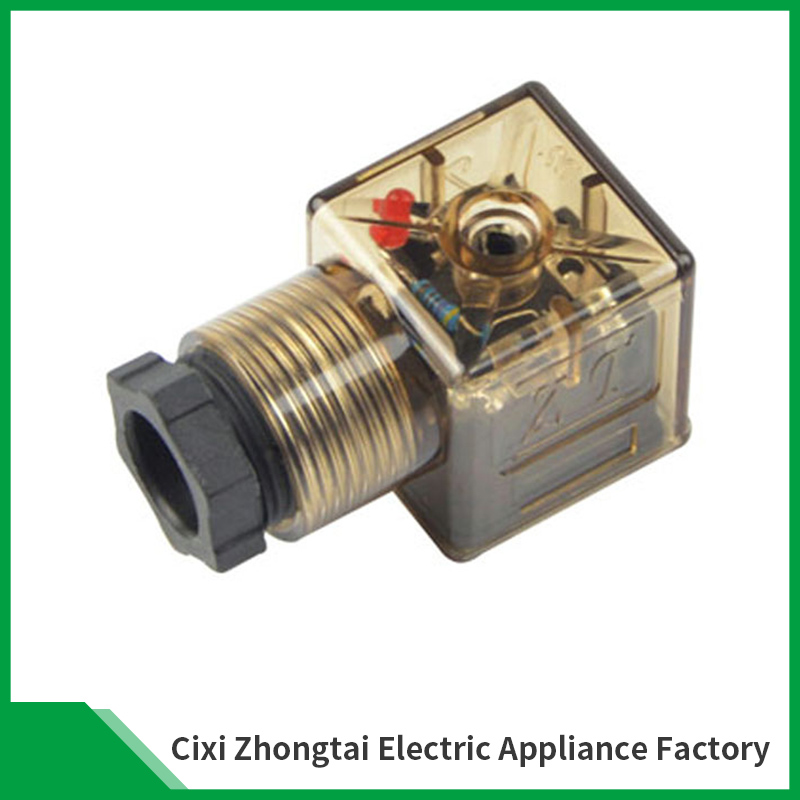An electromechanical valve called a DIN solenoid valve is frequently used in industrial settings to regulate the flow of gases or liquids. The German Institute for Standardization, or DIN, is the organization that establishes standards for a variety of goods and procedures. DIN solenoid valves are engineered to adhere to precise DIN specifications concerning dimensions, electrical interface, and fluid suitability. Usually housed in a housing, they are made up of a coil, a piston or plunger, and fluid ports. The plunger or piston moves to open or close the valve, permitting or prohibiting the flow of fluid via the ports, in response to an electrical signal applied to the coil. Process control, water treatment, and HVAC systems frequently use DIN solenoid valves.
DIN solenoid valves are frequently employed as fluid control components in industrial settings, including steam, water, air, and gas. These valves have a number of key characteristics, such as:
DIN connection: A DIN solenoid valve can be easily installed with other compatible components thanks to its standardized mounting mechanism.
Superior materials: These valves are long-lasting and dependable since they are composed of sturdy materials like brass, stainless steel, and aluminum.
tiny design: DIN solenoid valves are perfect for use in small spaces or installations that need several valves because of their tiny shape.
High flow rate: For effective fluid control, these valves are capable of achieving high flow rates.
Numerous uses: DIN solenoid valves are suitable for a wide range of industrial applications, including water treatment, heating, and cooling.
Electrically operated: These valves are simple to automate and regulate because they are powered by an electric solenoid.
In general, industrial fluid control applications can benefit from the dependable and effective performance of DIN solenoid valves.
